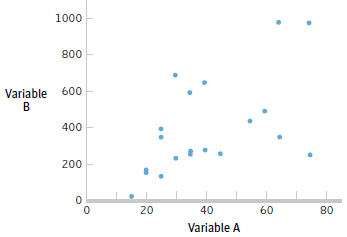Question:
German psychologist David Loschelder and his colleagues conducted an experiment on negotiations (2014). They cited tennis player Andy Roddick€™s agent who thought it was always detrimental to make an initial offer, saying €œThe first offer gives you an insight into their [the other party€™s] thought process.€ The researchers wondered if this was always true. So, they conducted an experiment with two independent variables. One independent variable was the person€™s role in the negotiations€”either the person starting the negotiation (the sender) or the person being targeted (the receiver). The second independent variable was the type of information in the initial offer€” different or the same. That is, the sender was either asking for something that is different from what the other partner wants or asking for something that the other person also wants. For example, if you are negotiating with a new employer, you might ask for five weeks of vacation and a higher salary than you think you can get. And maybe the employer was already prepared to give you five weeks vacation. So, the researchers thought the type of information that matches what the other person wants (like the information about vacation time) might give the receiver a bargaining chip. Knowing what the sender really wants might let you low ball on other aspects of the negotiation. So, the employer can then grant the vacation time, and perhaps not have to offer the higher salary. The graph here depicts the results of this experiment, in which success in the negotiation was measured in the percentage of a pool of money that could be earned.

a. Based on this graph, what type of ANOVA did the researchers conduct?
b. Does it seem as if there€™s a main effect of role in the negotiations (sender or receiver)? If yes, explain the effect in your own words. If not, explain your answer.
c. Does it seem as if there€™s a main effect of type of information provided? If yes, explain the effect in your own words? If not, explain your answer.
d. Describe the interaction in your own words. Is this a quantitative interaction or a qualitative interaction? Explain your answer.
e. Based on what you learned about graphing in Chapter 3, explain an important problem with the y-axis.
Transcribed Image Text:
1000 800 Variable 600 B 400 200 40 60 80 Variable A 20








